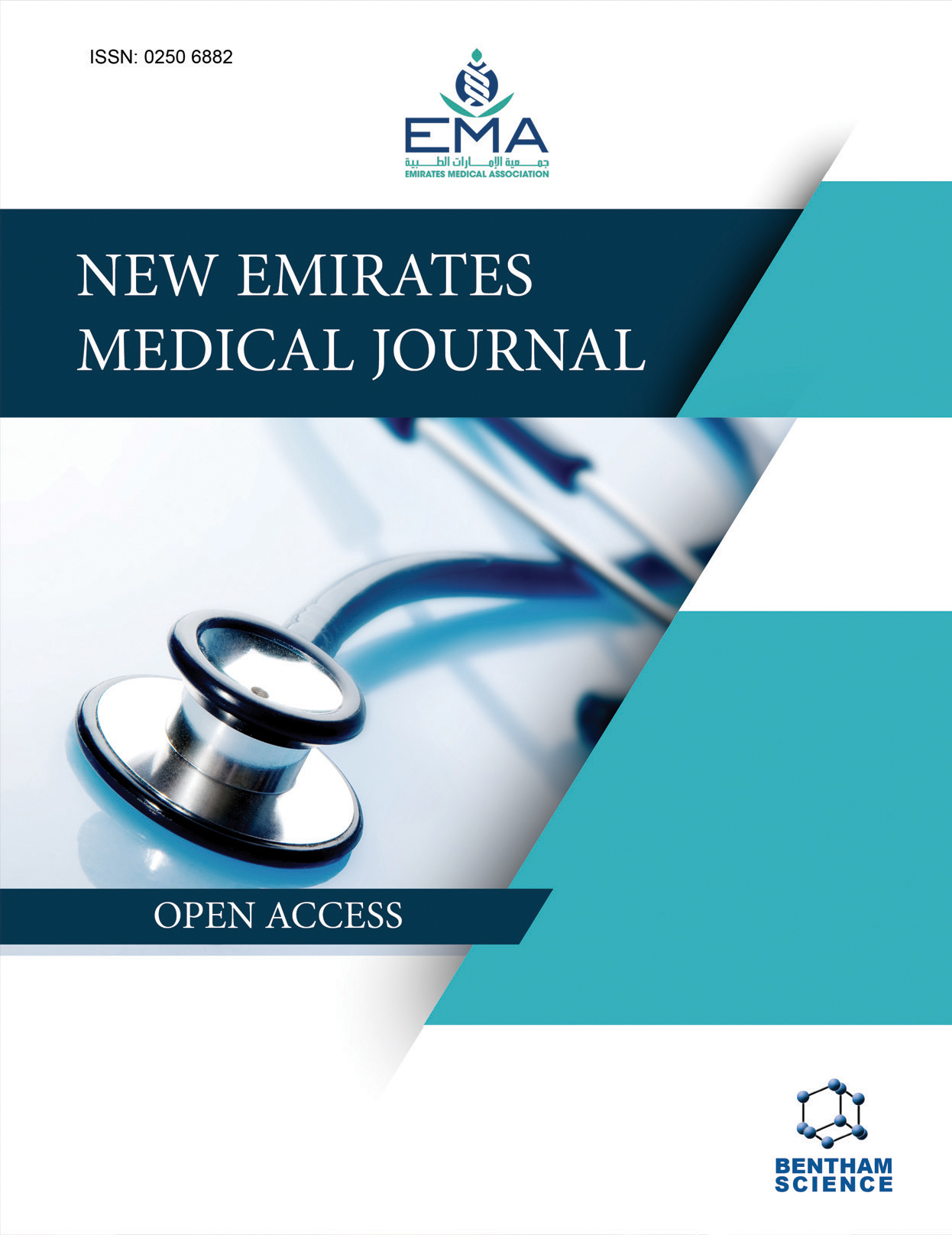-
oa Effects of Daily Low-calorie Fruit Consumption on Vitamin C Levels, Oxidative Stress, and Cardiovascular Risk Factors in Prediabetic Individuals
- Source: New Emirates Medical Journal, Volume 5, Issue 1, Jan 2024, e02506882304910
-
- 27 Jun 2024
- 20 Nov 2024
- 01 Jan 2024
- Previous Article
- Table of Contents
- Next Article
Abstract
The study investigated the impact of incorporating fruits or fruit juices into the diets of prediabetic individuals to mitigate oxidative stress. Previous research presented divergent approaches, making replication of findings challenging. This study aimed to evaluate whether advising the consumption of two low-calorie fruits daily could improve oxidative stress, glycemic control, and anthropometric measurements in prediabetic individuals.
An open-label, parallel, randomized controlled trial was conducted at a medical college hospital in Mangalore, Karnataka, India. Thirty participants, aged 40-70 years, with impaired fasting glucose or impaired glucose tolerance, were recruited through screening of first-degree relatives of patients with type 2 diabetes. Participants were randomly allocated in a 1:1 ratio to either the intervention group, which consumed two low-calorie fruits daily or a wait-list control group. The inclusion criteria were adults aged 40-70 years with prediabetes. Exclusion criteria included a history of diabetes, chronic diseases, normal glucose tolerance, smoking, alcohol use, recent antioxidant/vitamin use, and participation in dietary trials within the past year. Outcomes included plasma vitamin C levels and blood pressure, oxidative stress markers, glycemic parameters, and anthropometric measures. Over three months, measurements were taken at the beginning and end of the study. Statistical analysis was performed using the Wilcoxon signed-rank test and Mann-Whitney U test, with a significance level set at p < 0.05.
The mean age of participants was 43.1 ± 10.1 years in the intervention group and 44.7 ± 9.6 years in the control group. The intervention group demonstrated a significant 15% increase in plasma vitamin C levels (mean change: 4.0 µmol/L; p = 0.021; 95% CI: 1.2–6.8), whereas the control group experienced a 9% decrease. Systolic blood pressure decreased significantly in the intervention group (mean change: -3.0 mmHg; p = 0.04; 95% CI: -4.5 to -1.5), while the control group showed an increase. No significant differences were observed between groups in terms of oxidative stress markers, glycemic parameters, or anthropometric measures.
Overall, our study provided insights into the effects of incorporating low-calorie fruits into the diet of individuals with prediabetes. While improvements in vitamin C levels and systolic blood pressure were observed, there were no significant changes in oxidative stress, glycemic status, anthropometry, and other antioxidant measures. These findings contribute to the existing literature on the potential benefits of fruit consumption in individuals with prediabetes, highlighting the importance of vitamin C as a biomarker and its potential role in blood pressure regulation and cardiovascular benefits. This study also highlights plasma vitamin C as a promising biomarker for assessing the effects of fruit supplementation. Additionally, this study suggests that broader dietary and lifestyle modifications may be necessary to achieve comprehensive metabolic improvements, particularly in prediabetic individuals.
(CTRI/2011/05/001739).


